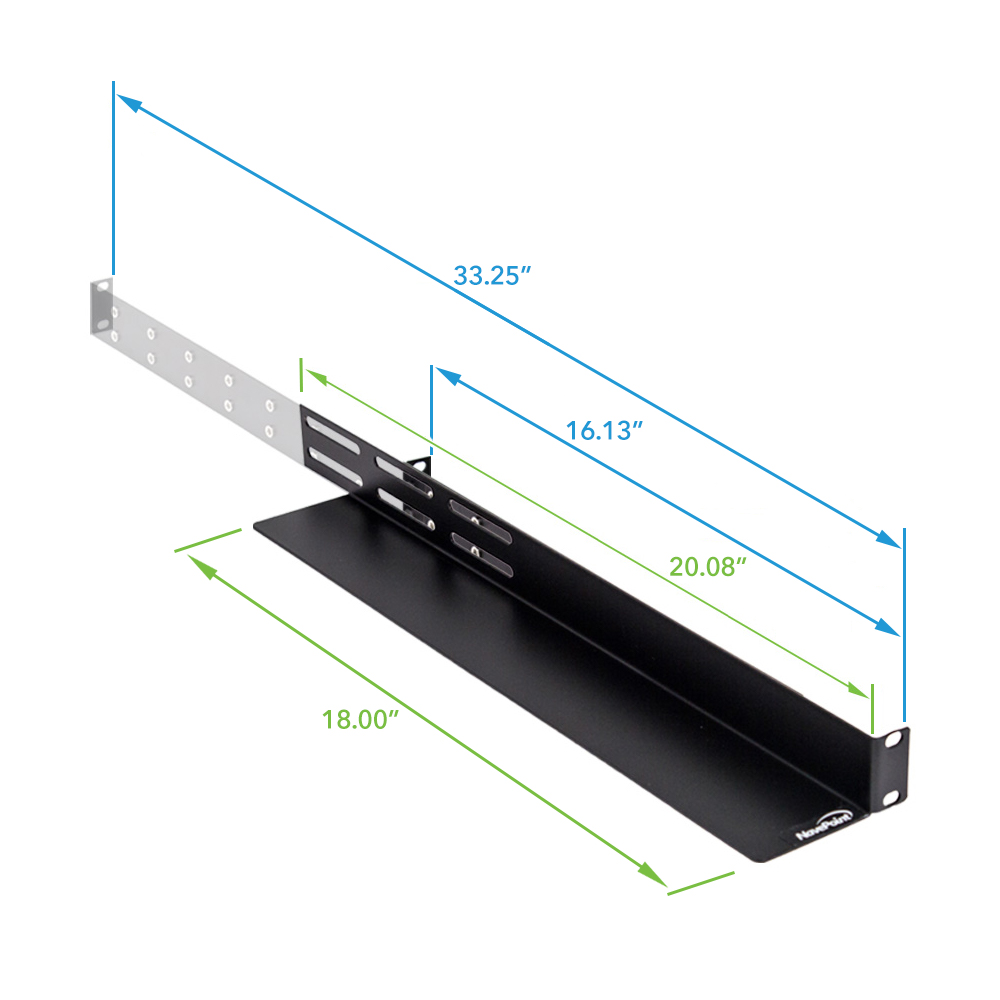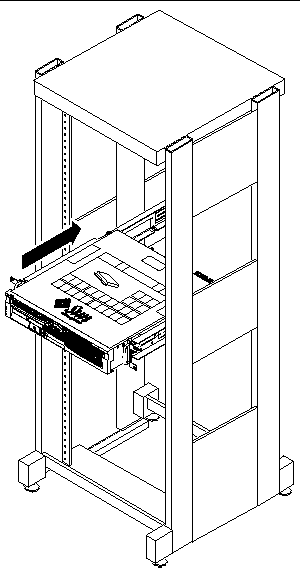
This cache store is appropriate for low to medium traffic sites that are With this cache store, multiple server processes on the same host can share aĬache. cache_store = :file_store, "/path/to/cache/directory" config.cache_store = :file_store, "/path/to/cache/directory"

To increase the number of available connections you can enable connectionįirst, add the connection_pool gem to your Gemfile:Ĭonfig. You can have multiple threads waiting for the connection to become available. This means that if you're using Puma, or another threaded server, It's a good practice to set this value if you use the :expires_in option.īy default the MemCacheStore and RedisCacheStore use a single connection This option sets the number of seconds that an expired entry can be reused while a new value is being regenerated. It will prevent race conditions when cache entries expire by preventing multiple processes from simultaneously regenerating the same entry (also known as the dog pile effect). :race_condition_ttl - This option is used in conjunction with the :expires_in option. :expires_in - This option sets an expiration time in seconds for the cache entry, if the cache store supports it, when it will be automatically removed from the cache. Cache entries larger than this threshold, specified in bytes, are compressed. Compresses cache entries so more data can be stored in the same memory footprint, leading to fewer cache evictions and higher hit rates. It is especially useful if your application shares a cache with other applications. :namespace - This option can be used to create a namespace within the cache store. These can be passed to the constructor or the various methods to interact with entries. There are some common options that can be used by all cache implementations.

The fetch method takes a block and will either return an existing value from the cache, or evaluate the block and write the result to the cache if no value exists. The main methods to call are read, write, delete, exist?, and fetch. Rails ships with several implementations documented below. Rather you must use a concrete implementation of the class tied to a storage engine. This is an abstract class and you cannot use it on its own. This class provides the foundation for interacting with the cache in Rails. You can access the cache by calling Rails.cache. Other parameters can be passed asĪrguments to the cache store's constructor:Īlternatively, you can call ActionController::Base.cache_store outside of a configuration block. You can set up your application's default cache store by setting theĬonfig.cache_store configuration option. Rails provides different stores for the cached data (apart from SQL and page Persistent fashion, you can with low level caching.

If you'd like to store query results in a more However, it's important to note that query caches are created at the start ofĪn action and destroyed at the end of that action and thus persist only for theĭuration of the action. The first time the result is returned from the query it is stored in the query cache (in memory) and the second time it's pulled from memory. The second time the same query is run against the database, it's not actually going to hit the database. all end end class ProductsController < ApplicationController The data returned by this method would be perfect for low-level caching:Ĭlass ProductsController < ApplicationController def index # Run a find query = Product. An application has a Product model with an instance method that looks up the product's price on a competing website. In case of cache hit, the cached value will be returned without executing the block.Ĭonsider the following example. The return value of the block will be written to the cache under the given cache key, and that return value will be returned. If a block is passed, that block will be executed in the event of a cache miss. When passed only a single argument, the key is fetched and value from the cache is returned. This method does both reading and writing to the cache. The most efficient way to implement low-level caching is using the method. Rails' caching mechanism works great for storing any kind of information. Sometimes you need to cache a particular value or query result instead of caching view fragments.


 0 kommentar(er)
0 kommentar(er)
